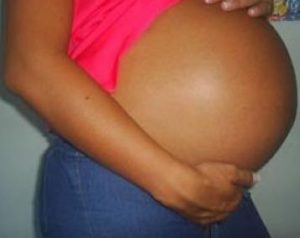UN report on stillbirth finds large gap between rich and poor mothers
 Expectant mothers who live in a poor country, belong to a minority or have little education face far higher risks of stillbirth than women with more privileged backgrounds, according to a global UN study.
Expectant mothers who live in a poor country, belong to a minority or have little education face far higher risks of stillbirth than women with more privileged backgrounds, according to a global UN study.
A lifeless child is born every 16 seconds somewhere in the world, amounting to nearly two million cases every year, the United Nations said on Thursday in its first worldwide stillbirth estimate.
Developing countries account for more than 80 per cent of the world’s stillbirths.
In industrialized countries, one in 335 babies is stillborn. In low-income countries, the rate is one in 44, according to the UN survey.
“Beyond the loss of life, the psychological and financial costs for women, families and societies are severe and long lasting,” UN Children’s Fund (UNICEF) chief Henrietta Fore said in a statement.
“For many of these mothers, it simply didn’t have to be this way,” she said, pointing to a preventable lack of medical care and skilled midwives for pregnant women.
Evidence from disadvantaged castes in Nepal, Inuit in Canada and African Americans in the United States shows that minority women are far more likely to suffer stillbirth.
In wealthy countries, women who have education beyond high school have half the risk or less of giving birth to a baby without signs of life.
The report by UNICEF, the World Health Organization, the World Bank and other institutions warned of a significant rise in stillbirths as medical services are disrupted by the Covid-19 pandemic.
“Pregnant women need continued access to quality care, throughout their pregnancy and during childbirth,” senior World Bank official Muhammad Ali Pate said.
Source: GNA
